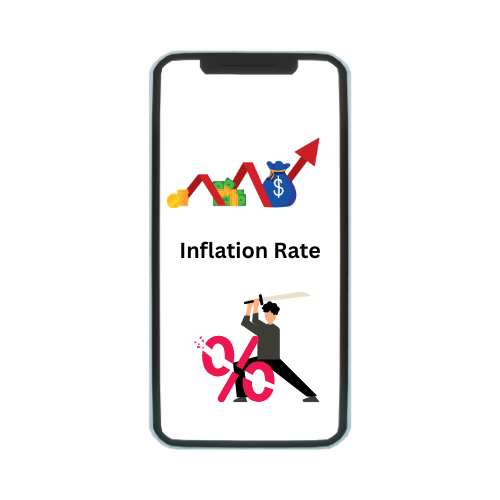Whether you’re buying your first home, leveraging real estate for investments, or considering refinancing, one term you’ll likely come across is the Loan-to-Value (LTV) ratio. This metric isn’t just a number—it’s a financial compass used by lenders to assess risk and make key decisions on how much they’re willing to lend. For borrowers, understanding your … Read more
Archives: Finance Dictionary Words
Custom Post Type for Finance Dictionary
In the arena of financial trading, where milliseconds can define success or failure, the principle of Just in Time (JIT)—originally born on the manufacturing floors of post-war Japan—has found a new battlefield: the trading desk. While JIT was traditionally associated with inventory reduction and lean manufacturing, traders now apply these same principles to market timing, … Read more
In the vast, intricate terrain of financial markets, there are few ideas as quietly powerful—and often misunderstood—as extrinsic value. To most onlookers, it’s just one of the two components that make up the price of an option. But to those who study markets, behavior, and uncertainty, extrinsic value is far more than a mathematical term. … Read more
In the ever-evolving world of commerce, marketing remains the driving force that connects businesses to consumers. At the heart of effective marketing strategy lies a time-tested framework known as the Four Ps of Marketing—Product, Price, Place, and Promotion. Coined by E. Jerome McCarthy in the 1960s, this model continues to serve as a guiding compass … Read more
What is Base Effect? The base effect is a statistical phenomenon that occurs when the comparison point—or “base”—used to calculate a percentage change is unusually high or low, which can distort how we interpret growth, inflation, or other economic indicators. Imagine you’re comparing this year’s inflation to last year’s. If last year had abnormally low … Read more
In the Indian financial ecosystem, NACH (National Automated Clearing House) is a centralized electronic payment system developed by the National Payments Corporation of India (NPCI) to facilitate high-volume, low-value interbank transactions that are repetitive or periodic in nature. It is primarily used for bulk payments such as salary disbursements, pension payments, subsidies, dividends, EMIs, mutual … Read more
A Collateralized Debt Obligation (CDO) is a structured finance product that pools together various debt instruments—such as home loans, corporate loans, credit card receivables, or bonds—and repackages them into different risk categories known as tranches, which are then sold to investors. In the Indian context, while traditional CDO structures are not yet widely prevalent due … Read more
What is 52-Week High? The 52-week high refers to the highest market price at which a particular stock or security has traded during the preceding 52 weeks (or one year). In the Indian financial markets, particularly on stock exchanges like NSE (National Stock Exchange) and BSE (Bombay Stock Exchange), this metric serves as a key performance indicator … Read more
Online banking, also referred to as internet banking or e-banking, is a digital service offered by banks and financial institutions that allows customers to access their accounts and perform financial transactions over the internet. In India, online banking has become an essential component of the modern financial ecosystem, enabling individuals and businesses to manage their … Read more
Inflation is an economic phenomenon characterized by a sustained increase in the general price level of goods and services within an economy over a period of time. As inflation rises, the purchasing power of a currency declines, meaning that each unit of money buys fewer goods and services than before. This effect is typically measured … Read more








